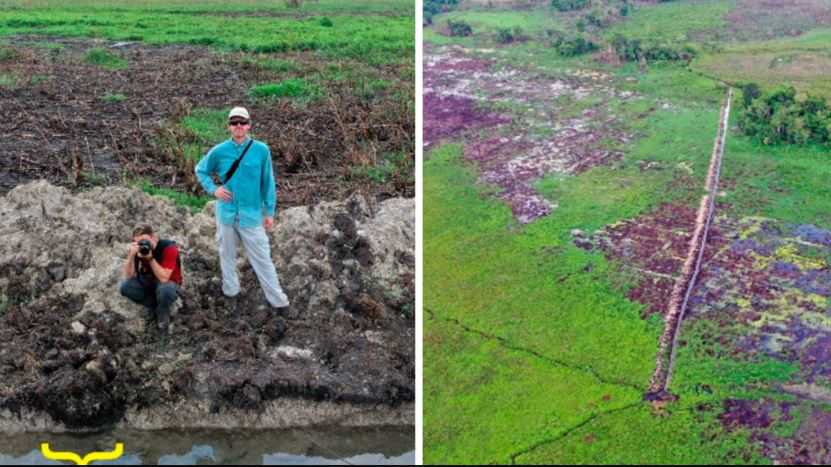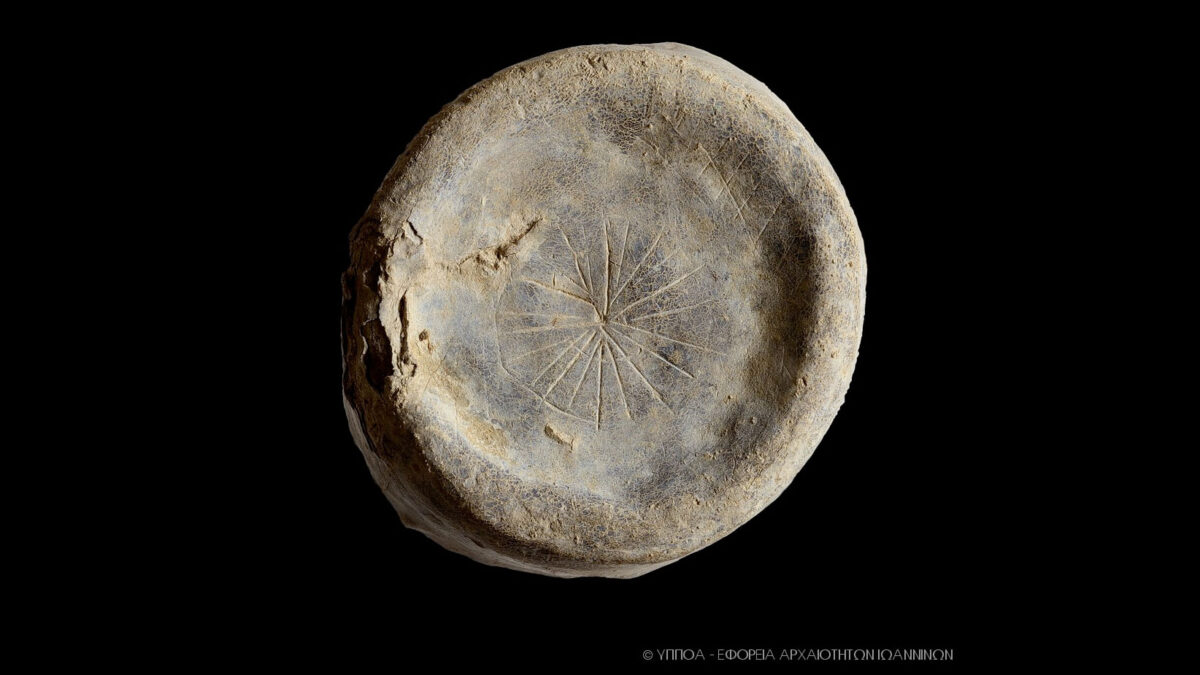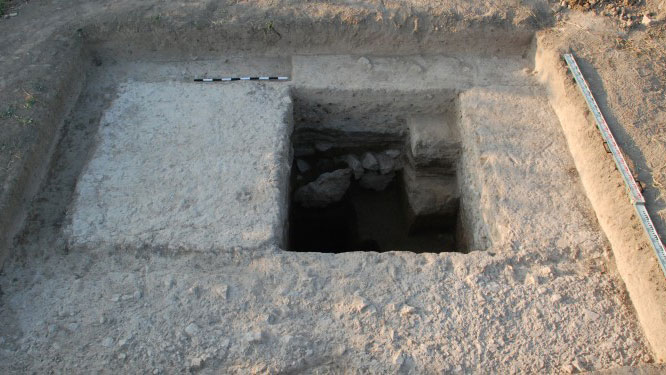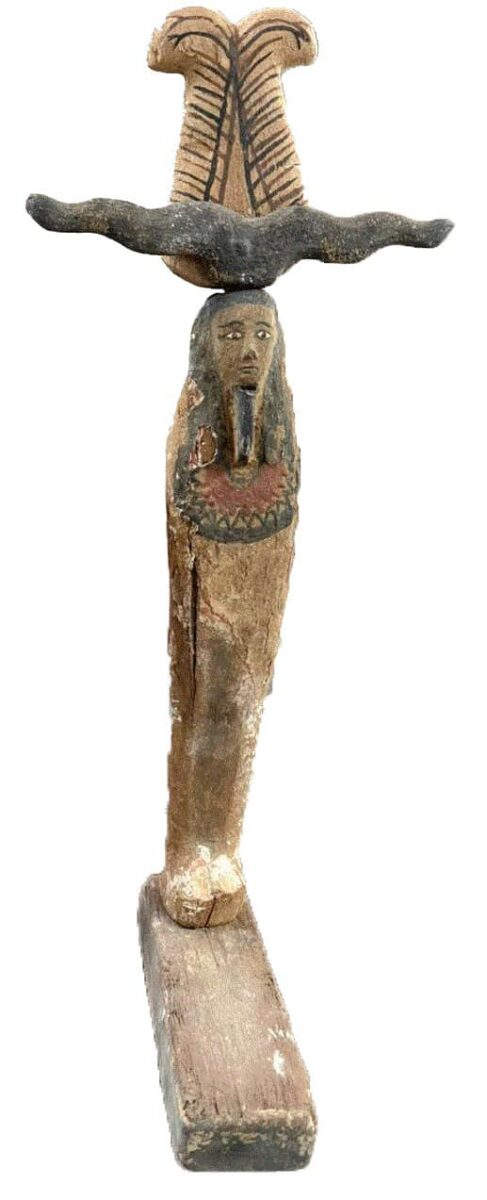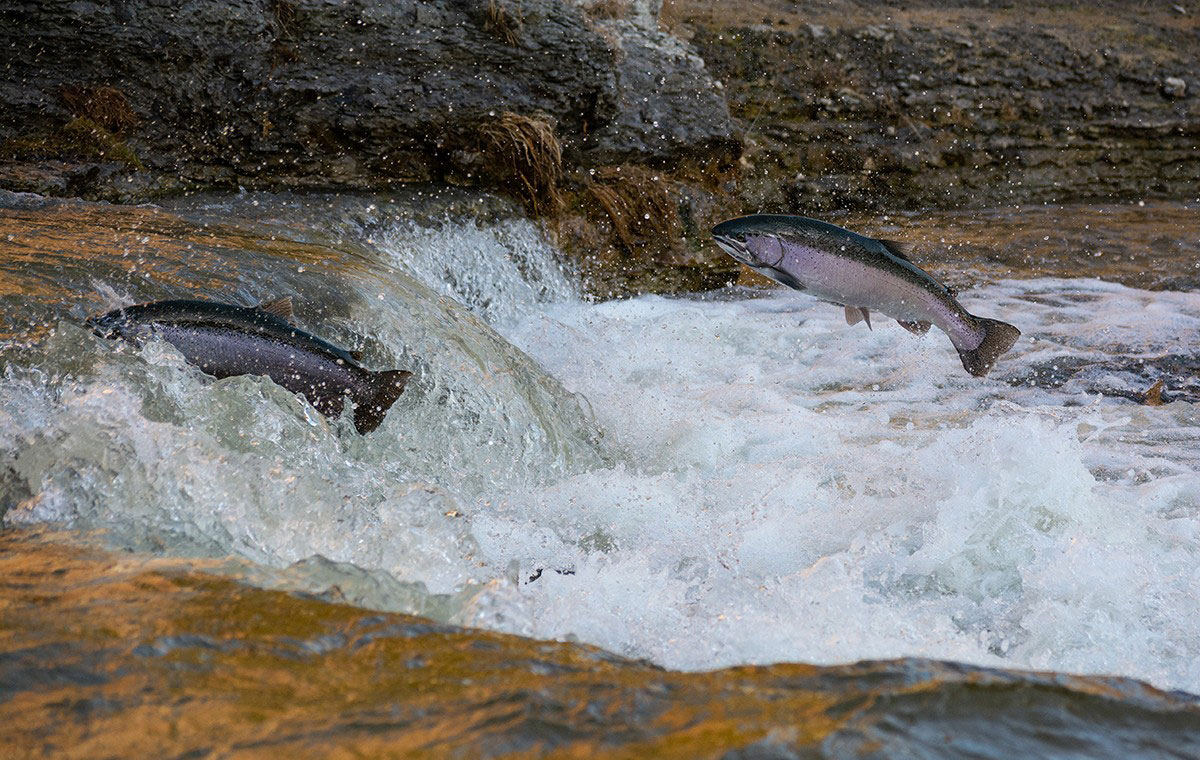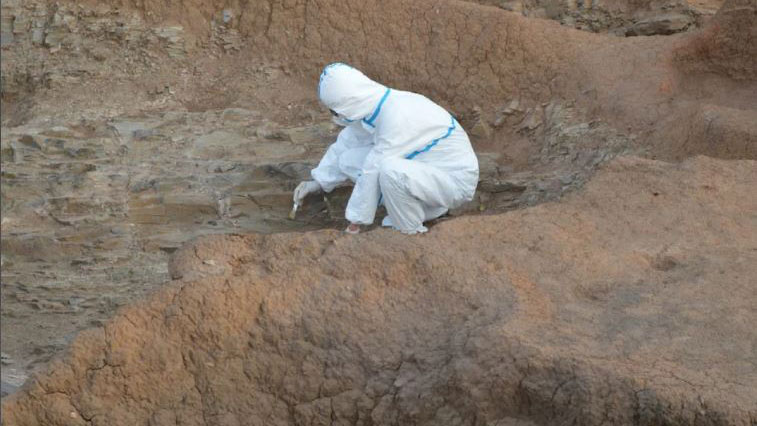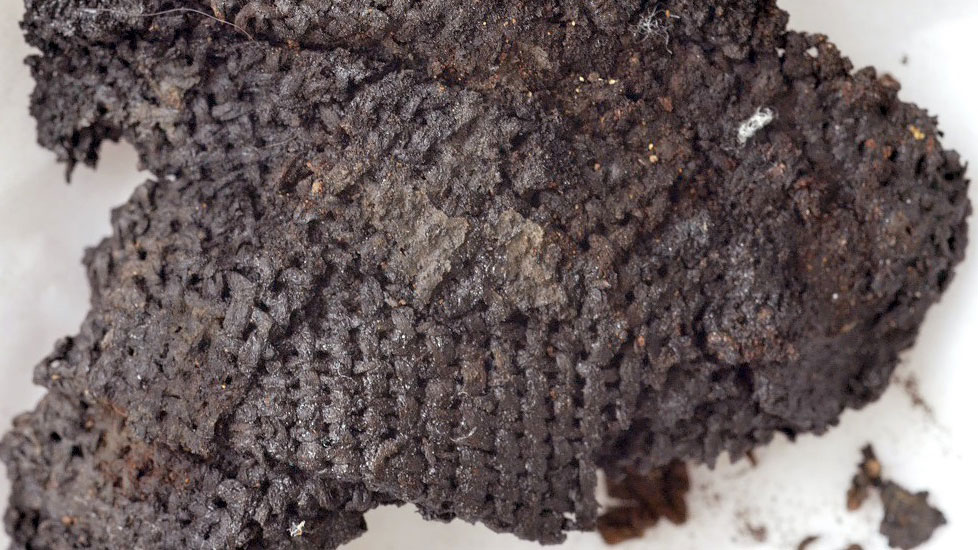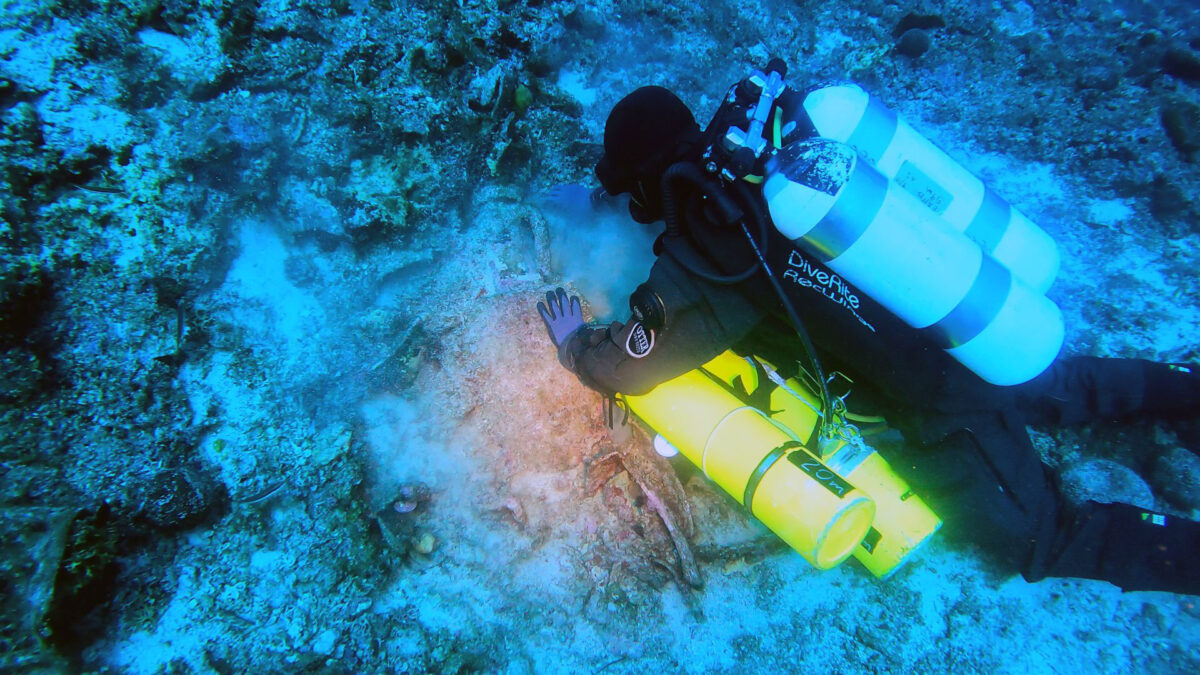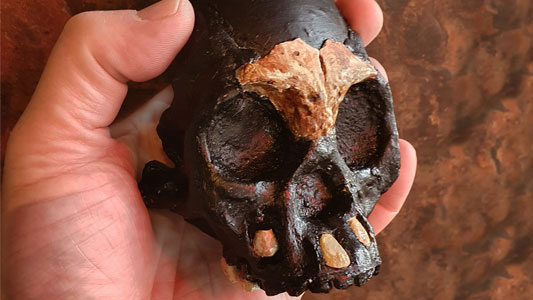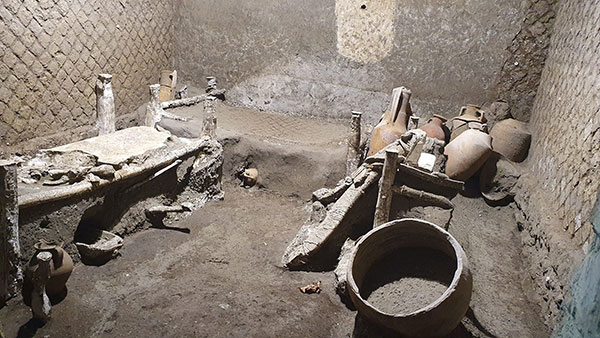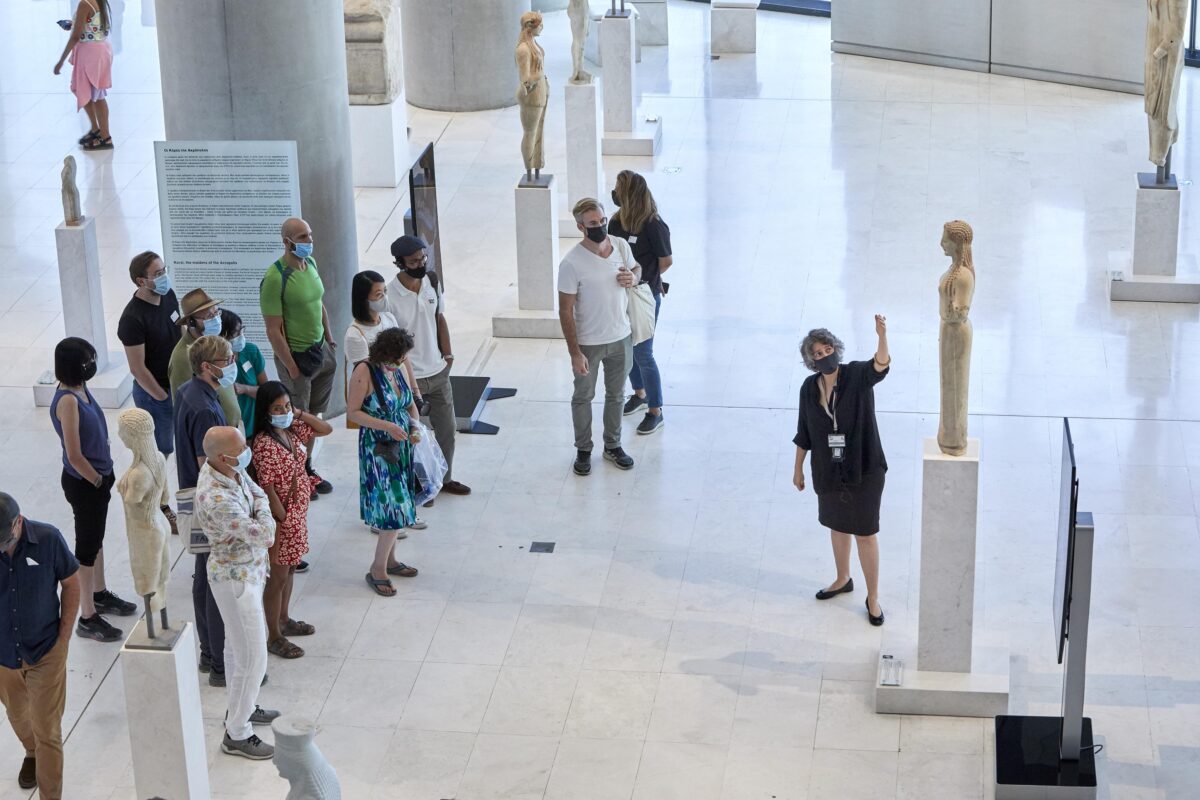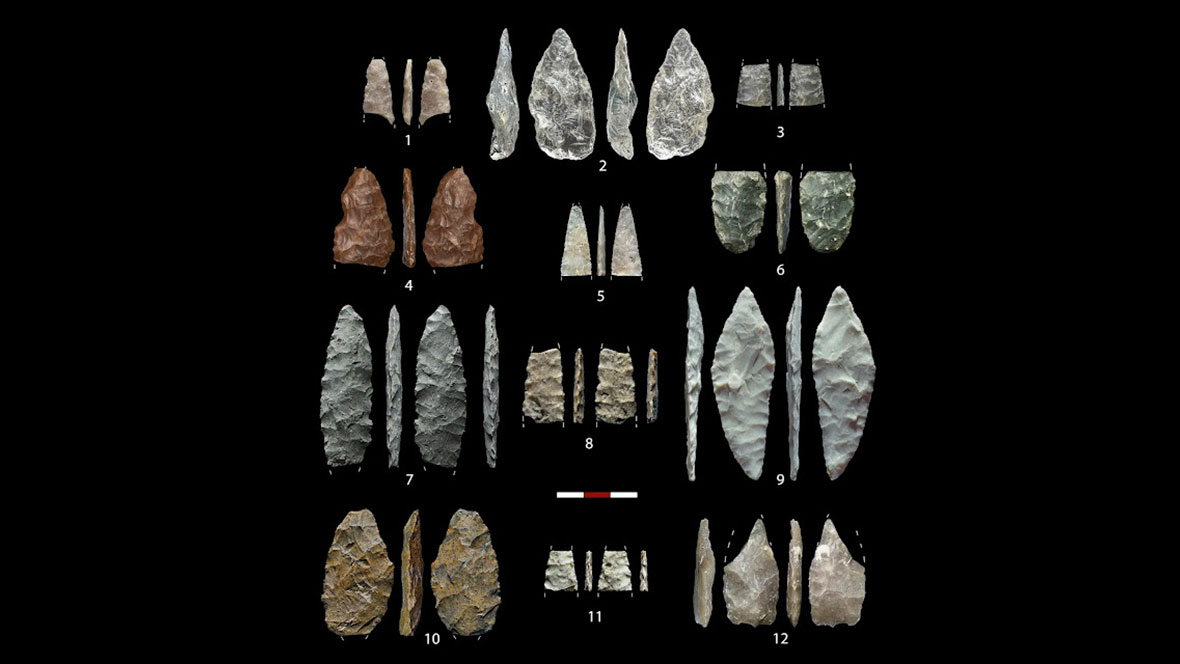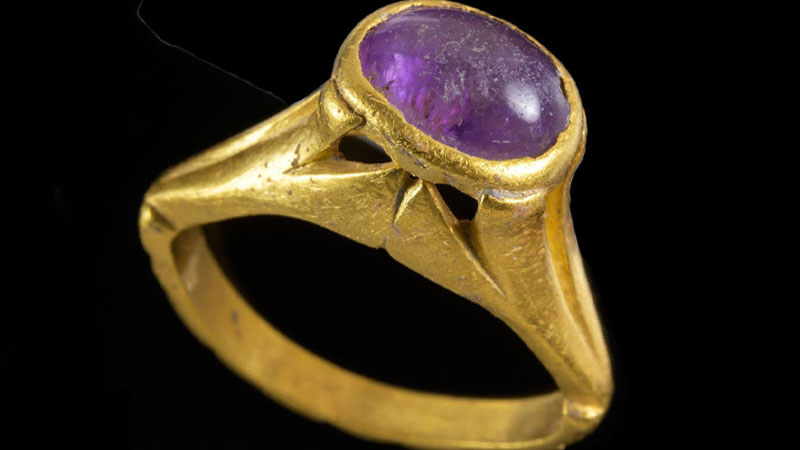Archaeologists reveal Hellenistic fortress destroyed by the Hasmoneans
“The building’s devastation is probably related to the region’s conquest by the Hasmonean leader John Hyrcanus in around 112 BCE,” said Israel Antiquities Authority archaeologists.
Genetic Changes in Bronze Age Southern Iberia
DNA from 136 ancient Iberians reveals genomic and social transformations during the Copper Age to Bronze Age transition in southwestern Europe.
Were the ancient Maya an agricultural cautionary tale?
New survey shows that some Maya kingdoms had sustainable agricultural practices and high food yields for centuries.
“Details” with a woman’s scent
The Ephorate of Antiquities of Ioannina continues the digital exhibition "Details" with two posts on its Facebook page.
The issue of the return of the Parthenon Sculptures raised by K. Mitsotakis
The Prime Minister pointed out that the United Kingdom should enter into a bona fide dialogue with Greece.
Easternmost Roman aqueduct discovered in Armenia
Archaeologists find evidence of failed Roman imperialism / Published in "Archäologischer Anzeiger" journal.
Egyptian antiquities recovered in Safaga seaport
The artifacts that were going to be smuggled out of Egypt have been seized by the archaeological unit in the port.
AGON : 11th International Archaeological Film Festival
In the 25 years of its course, AGON has evolved into an institution not only of pan-Hellenic but also of international scope.
Benin has had looted art works repatriated from France
A landmark repatriation in the long struggle of African countries to recover looted artifacts.
DNA analysis confirms 2,000-year-old sustainable fishing practices
Ancient Indigenous fishing practices can be used to inform sustainable management and conservation today, according to a new study from Simon Fraser University.
The spread of Transeurasian languages was due to agriculture
A new study in the journal Nature traces the common ancestry and primary dispersals of Transeurasian languages back to the first farmers moving across Northeast Asia in the Early Neolithic.
Ancient Olympia as it was 2,000 years ago
A digital restoration of 27 monuments of Ancient Olympia, including the Stadium, the temples of Zeus and Hera, the workshop of Pheidias.
Earth’s first continents appeared 3.3 billion years ago
At least 700 million years earlier than the theory prevailing to date regarding their appearance.
Solving the mysteries of Palermo’s child mummies
The first ever comprehensive study of mummified children in Sicily’s famous Capuchin Catacombs is being led by Staffordshire University.
7th International Meeting for the restoration of the Acropolis monuments
The main purpose of the Meeting is to present to the scientific community and the general public the current and completed projects.
Copy of the Mona Lisa “under the hammer”
In June, a European collector bought another 17th-century copy of the Mona Lisa for €2.9 million.
You’re looking at one of the oldest pieces of cloth in the world
What did people make clothes from in the Neolithic? Çatalhöyük, the world’s largest known Stone Age settlement, gives us answers after 60 years of debate.
Antikythera shipwreck: the new results of the underwater survey
The expedition focused on a detailed mapping of the site of the Antikythera wreck.
Egypt: New finds at the Great Temple of Heliopolis at Matariya
The German-Egyptian archaeological mission, working in the Great Temple of Heliopolis (Matariya, Cairo), uncovered many basalt blocks that represent parts of the western and northern facades of the temple of King Nectanebo I.
A child of darkness
Meet Leti, a Homo naledi child discovered in the Rising Star Cave System that yielded Africa’s richest site for fossil hominins.
Pompeii: The room of the slaves
This exceptionally well-preserved room forms part of the villa within the area of Pompeii where the ceremonial chariot and stable with harnessed horses were previously discovered.
Acropolis Museum: New presentations for children and adults
The Acropolis Museum welcomes visitors during the winter period (1 November 2021 – 31 March 2022) with a reduced admission fee (5 euro) and two new gallery talks.
First modern humans settled in Iberia’s interior in extreme cold
According to an EU-funded study, unlike previously believed, the first Homo sapiens settled in the Iberian hinterland in one of the coldest periods of the last ice age, around 26 000 years ago.
Spectacular ancient gold ring unearthed in an excavation in Yavne
In the huge excavation conducted at Yavne by the Israel Antiquities Authority, as part of the Israel Land Authority's initiative to expand the city, a spectacular gold ring was recently uncovered, with an inlay of a purple stone.


